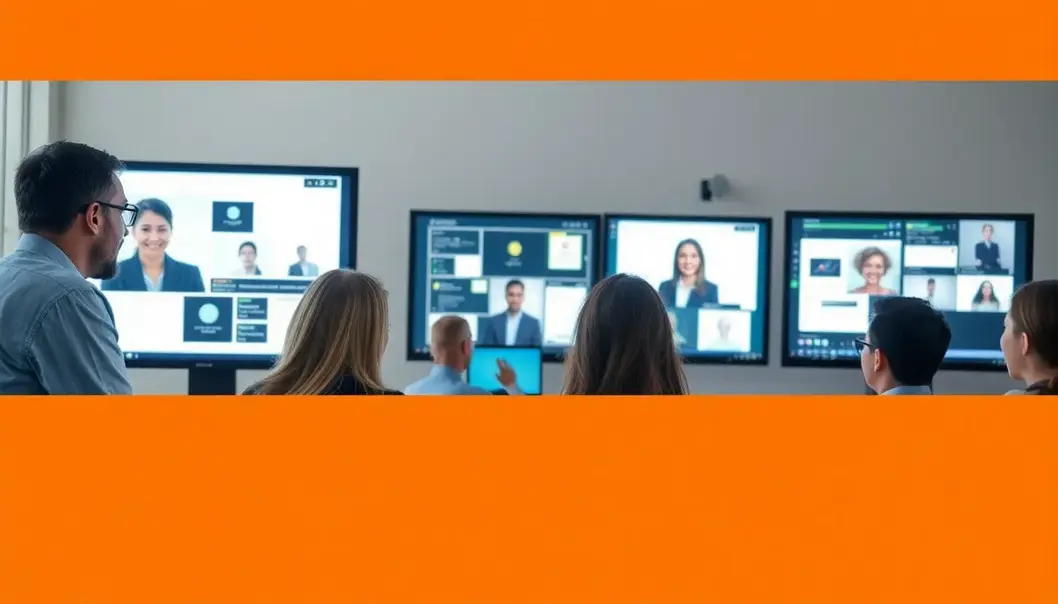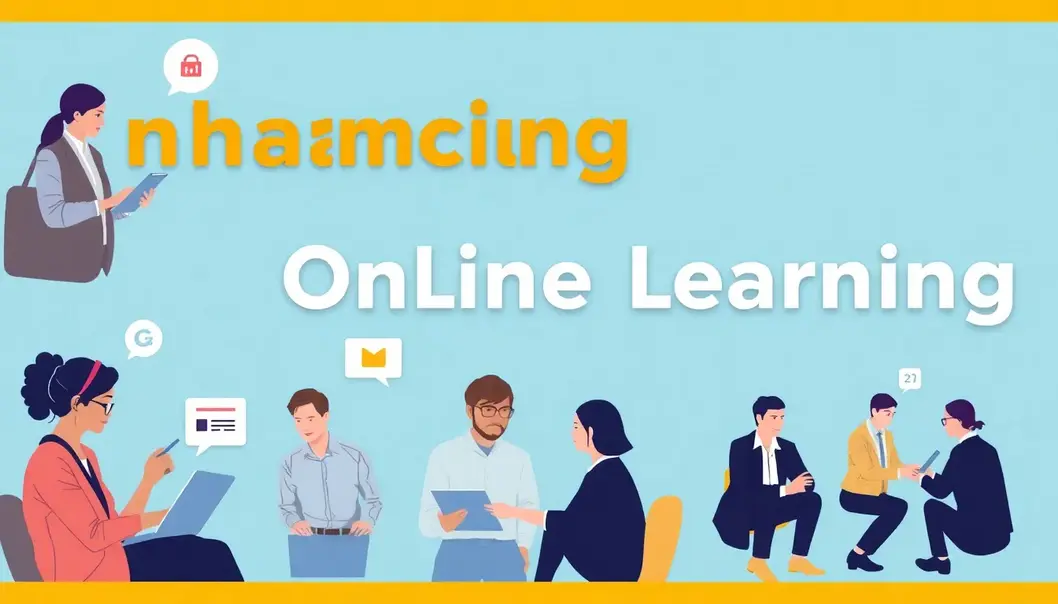For busy professionals, continuous learning is crucial to staying ahead. However, balancing career demands with learning can be challenging. Finding ways to make online education engaging is essential to maintain interest and achieve learning objectives. By exploring targeted strategies, professionals can enhance their online learning experience, ensuring they maximize their time and effort while gaining valuable knowledge and skills.
Integrating Interactive Elements

Passive learning in an online environment can lead to disengagement, especially for busy professionals who juggle multiple priorities. To counter this, integrating interactive elements such as quizzes, simulations, and live discussions can be transformative.
Quizzes offer immediate feedback and help consolidate learning. Regular assessments ensure that knowledge is actively recalled, strengthening retention. They also break the monotony, offering learners a moment to apply what they’ve learned in a practical context. Setting short, frequent quizzes can be more effective than a single large assessment, catering to professionals with limited time.
Simulations are another powerful tool. They provide a risk-free environment to practice new skills, essential for applying theoretical knowledge. For example, a simulation in a business course might allow learners to manage a virtual company, making strategic decisions and observing outcomes. Such practical applications can deepen understanding, making learning substantive rather than superficial.
Live discussions, though requiring more coordination, are equally impactful. They offer a platform for networking and real-time exchange of ideas. Engaging in dialogue with peers can spark curiosity and inspire new perspectives, enriching the learning experience. Facilitators can guide these discussions to ensure they remain focused and productive, addressing questions that arise during the course.
To effectively incorporate these elements, consider time constraints. As detailed in the upcoming chapter on optimizing time management, balancing interactive components with other responsibilities requires careful planning. Additionally, leveraging interactive elements does not merely enhance comprehension but also creates a more engaging and dynamic learning environment.
Remember, the goal is to transform passive content into an active engagement hub, encouraging learners to participate and apply the knowledge, ultimately leading to a more fulfilling educational journey.
Optimizing Time Management

For busy professionals, the key to successful online learning often lies in meticulous time management. By taking intentional steps to optimize your schedule, you can transform potential chaos into a structured and efficient learning experience.
Start by setting clear priorities. Understand your learning goals and what you aim to achieve with each course. Prioritize tasks by their deadline, difficulty, or significance. A useful tool is the Eisenhower Box, which allows categorizing tasks based on urgency and importance, ensuring that you focus on what’s truly essential.
Creating a study schedule tailored to your unique routine can dramatically boost productivity. Consider blocking specific times during the week dedicated solely to learning. Evaluate your daily rhythms to identify peak productivity periods, scheduling demanding tasks for these times. Consistency fosters habit, making it easier to maintain your learning routine amidst professional commitments.
Leveraging digital tools for productivity can enhance this process. Use calendar applications to set reminders for deadlines and study sessions. Digital to-do lists and project management tools can keep track of assignments and break down large projects into manageable tasks, preventing overwhelm and reducing procrastination.
Moreover, embrace the power of micro-learning. Integrate small learning sessions into your day, using gaps between meetings or while commuting. Short, focused learning bursts maximize knowledge retention without demanding extensive time investments.
Another tip is to establish a dedicated learning environment. Create a space in your home or office that is comfortable, free from distractions, and conducive to concentration. Keep your study materials organized to save time, avoiding the inefficiency of searching for resources during your allocated study periods.
Lastly, regularly review and adjust your schedule to accommodate changing priorities or new responsibilities, maintaining a dynamic plan that is as flexible as it is functional.
By thoughtfully managing your time and utilizing these strategies, busy professionals can create a sustainable online learning practice that complements and enhances professional life.
Final words
By integrating interactive elements and mastering time management, busy professionals can enhance their online learning experience. These strategies not only improve engagement but also ensure that learners can effectively balance education with their professional responsibilities, leading to optimal personal and career growth.
Unlock the power of engaging online learning by trying our platform today!
Learn more: https://www.example.com/engaging-online-learning
About us
Our company offers an innovative online learning platform designed for busy professionals, featuring interactive elements, flexible scheduling, and comprehensive resources to enhance your learning experience.



